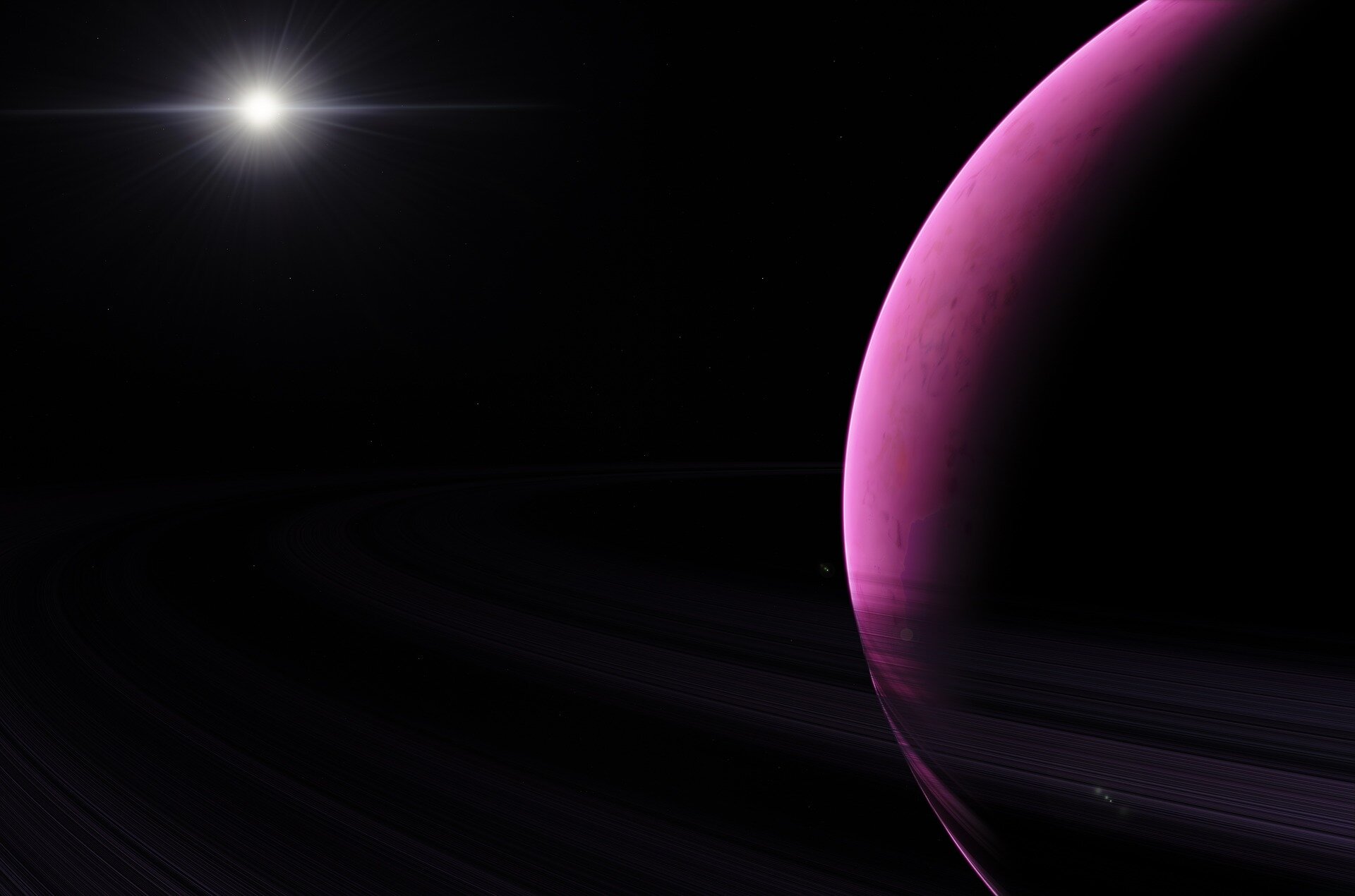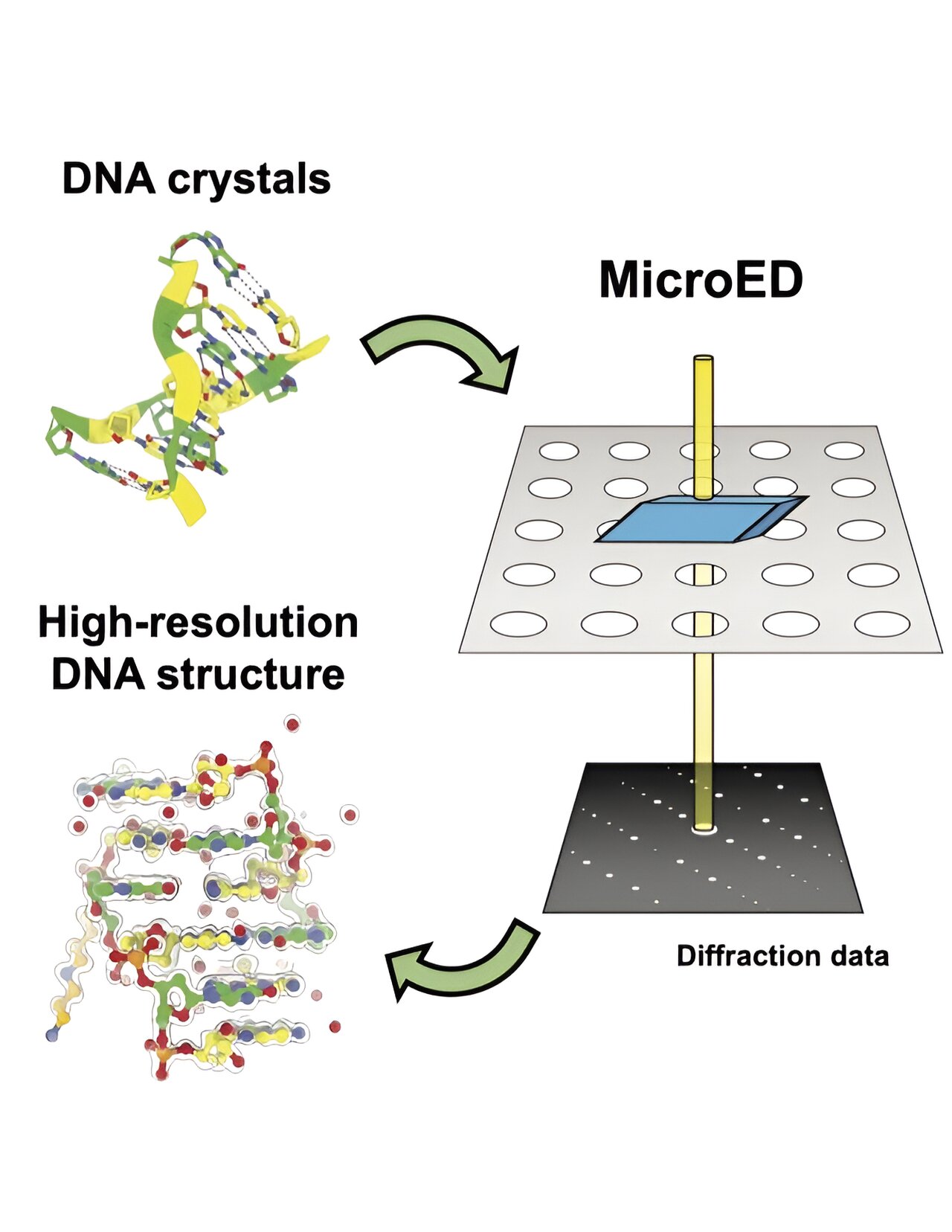An incredible discovery has been made by an international team of scientists – a Jupiter-sized planet orbiting a low-mass star called TOI-4860 in the Corvus constellation. This newly found gas giant, named TOI-4860 b, is truly unique for two reasons: it defies expectations by existing around a low-mass star, and it appears to be enriched with heavy elements.
The University of Birmingham astronomers, leading this groundbreaking study, have published their findings in the esteemed Monthly Notices of the Royal Astronomical Society.
Initially identified by NASA’s Transiting Exoplanet Survey Satellite, the planet’s existence was confirmed using the SPECULOOS South Observatory in Chile. The astronomers also collaborated with a Japanese group using the Subaru Telescope in Hawai’i to measure the planet’s mass.
This remarkable discovery was made possible by a group of Ph.D. students within the SPECULOOS project, who were determined to explore the possibility of high-mass planets forming around low-mass stars. TOI-4860 is the first confirmed example of this phenomenon, making it an incredibly significant find.
George Dransfield, one of the Ph.D. students involved in the study, explains, “Under the conventional planet formation model, high-mass planets like Jupiter were not expected to form around low-mass stars. However, TOI-4860 challenges this assumption and opens up new avenues for our understanding of planet formation.”
Professor Amaury Triaud, an expert in Exoplanetology at the University of Birmingham and the leader of the study, expresses his gratitude to the bright Ph.D. students for their proposal to observe systems like TOI-4860. He believes that studying planets like TOI-4860 is crucial for advancing our knowledge of planet formation.
The unique properties of TOI-4860 and its host star, including an abundance of heavy elements, provide valuable insights into the planet formation process. Additionally, the short orbital period of TOI-4860 b, completing a full orbit in just 1.52 days, classifies it as a “warm Jupiter” – a subclass of planets that captivate astronomers seeking to unravel their mysteries.
Mathilde Timmermans, another student involved in the SPECULOOS project, highlights the significance of TOI-4860 b’s discovery, stating, “With its short orbital period and the properties of its host star, this gas giant presents an excellent opportunity to study the atmospheric properties of warm Jupiters and gain further insights into the formation of gas giants.”
Excitingly, the team has been granted telescope time at the Very Large Telescope in Chile, where they plan to confirm the existence of several more planets with similar characteristics.








